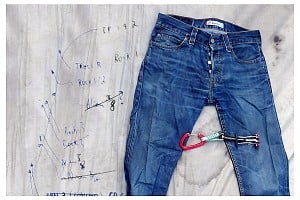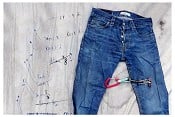In reply to MikeYouCanClimb:
> Have you any test results or evidence to support this assertion or that a cinch has failed due to a mechanical failure?
> For you, that sounds like an emotional response. Have you any seen or heard of any reports where a problem occurred with a cinch that would not have happened with a Gri Gri?
I´ve tested six Cinches in various ways, both pull and drop testing and in the same way I test the GriGri. Two of the Cinches were new and the other four discarded by their owners after they failed to perform as required.
The DAV have also tested a number, 12 as far as I know. Mostly examples sent in after the owners had concerns or difficulties (that is they dropped the climber).
As I said the Cinch is substantially weaker than the Grigri when pull or drop tested even after the re-design to strengthen it (the early models were so weak even Trango though they had better do something). I have one example where the bend in the plate is severe enough to allow the rope to be released at a load feasible in a climbing fall.
There are reports of excessive wear and bending of the plate allowing the retaining tab to pass behind the body and the rope has released. I have one example which can do this and the DAV one or more.
There are reports of wear causing the retaining tab to jam on the body preventing the device from braking, a wear stripe on the edge of the aluminium body is a typical early symptom. I have two examples which do this.
Wear of the pin preventing locking under body weight is well known and documented, the fix is widely publicised on climbing forums. I have seen several like this and one of mine will not hold my weight using the smallest alllowed rope.
All the above are problems caused by trying to make the device lighter and in all respects it is weaker, less robust and wears out faster than a Grigri.
Additionally the Cinch has a fundamental design feature which means the faster the rope travels through it the less braking effect it has. Whether the designer meant this to be so is not known but this was originally touted as a benefit in the advertising. It is clearly observable in drop tests where under more severe falls the amount of slip is alarming in my opinion. The Grigri on the other hand is a model of consistency allowing between 4 and 8cm slip no matter what the fall is.
The inumerable reports of experienced belayers with rope burns and climbers decking are testimony to the fact this is not only a theoretical curiosity (albeit an interesting one) but a basic flaw which in my opinion makes it worthless. A statistical accident rate six times higher than the Grigri as noted by the DAV reinforces my decision never to use one or allow myself to be belayed with one.









